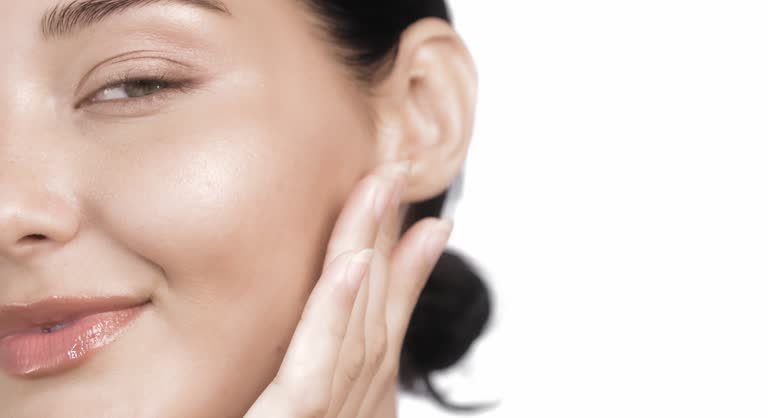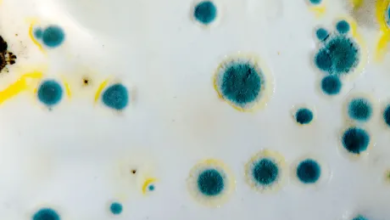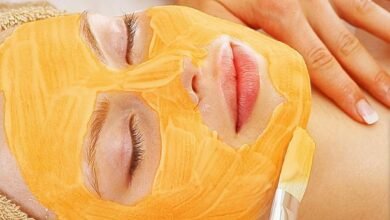Skin Whitening: Examining the Trend, Its Risks, and the Movement Toward Inclusive Beauty
Skin whitening is a multi-faceted practice influenced by deep-seated cultural beliefs, societal expectations, and personal aspirations.

Skin Whitening in Islamabad also known as skin lightening or bleaching, is a popular beauty practice across various regions, particularly in Asia, Africa, and parts of the Middle East. Rooted in cultural ideals and societal pressures, the skin whitening industry has grown into a multi-billion-dollar enterprise globally. However, there is growing concern over the health risks and social implications associated with skin whitening. This blog explores the allure of skin whitening, its methods, associated risks, and the emerging push for more inclusive beauty standards.
Cultural and Societal Influences on Skin Whitening
The preference for lighter skin is not new. In many cultures, lighter skin has historically been linked to higher social status, beauty, and privilege. In countries where fair skin is idealized, it has often been associated with wealth or nobility, creating a perception that fair skin signifies refinement or success. Even today, advertisements and media tend to equate lighter skin with attractiveness and sophistication, reinforcing societal norms that value fairer skin.
While some individuals use skin-whitening products to treat specific concerns like hyperpigmentation or acne scars, societal pressures often play a powerful role in encouraging people to pursue lighter skin. This pressure, magnified by media representations, can lead people to believe that having lighter skin will bring them social acceptance or personal satisfaction.
Popular Methods of Skin Whitening
There are several approaches people use to lighten their skin, each with varying degrees of effectiveness and risk:
- Topical Creams and Lotions
Skin-whitening creams are among the most common methods and often contain ingredients like hydroquinone, kojic acid, and arbutin. Hydroquinone, in particular, is a powerful melanin inhibitor and is widely used in the skin-whitening industry. However, prolonged use of hydroquinone can cause ochronosis (a condition that darkens and thickens the skin) and increased sensitivity, especially when combined with sun exposure. - Chemical Peels
Chemical peels are treatments that use acids, such as glycolic or salicylic acid, to exfoliate the top layers of skin, revealing a fresher layer underneath. This can reduce pigmentation and even out skin tone. While effective, chemical peels need to be applied carefully and ideally under professional supervision, as improper use can result in burns, infections, or scars. - Laser Treatments
Laser treatments, like Q-switch or IPL (intense pulsed light), target melanin in the skin to reduce pigmentation. While lasers can provide noticeable results, they are costly and require multiple sessions to be effective. Without proper application, they can lead to increased skin sensitivity or uneven skin tone. - Glutathione Injections and Supplements
Glutathione, an antioxidant, has recently become popular as an injectable or oral supplement to lighten skin. While oral glutathione is generally safe, the efficacy of injections for skin whitening is scientifically questionable. Additionally, high doses of injectable glutathione may carry risks to the liver and kidneys, raising concerns about the safety of this treatment. - Natural Remedies
Many people turn to natural ingredients like lemon juice, aloe vera, and turmeric, which are believed to have mild skin-brightening properties. While these methods are safer and more affordable, they are generally less potent than chemical treatments and require consistent use over time for noticeable results.
Health Risks and Side Effects of Skin Whitening
Skin whitening can come with significant health risks, especially for those using unregulated products or undergoing improper treatments. Hydroquinone, while effective, has been linked to adverse effects, including ochronosis and increased sensitivity to sun exposure, which can accelerate skin aging. Due to these risks, many countries have regulated or banned hydroquinone-containing products.
One of the most concerning ingredients found in some unregulated whitening products is mercury, a toxic metal that can cause a host of health problems. Mercury can damage the kidneys, nervous system, and skin, and its presence in cosmetics is banned in many regions. Unfortunately, some skin-whitening products still contain mercury, often without proper labeling.
Injectable glutathione, while popular, poses additional risks, as its long-term effects on skin whitening remain unproven, and high doses may lead to organ damage. People using these injections in pursuit of lighter skin may unknowingly put their health at risk.
Psychological and Societal Impact of Skin Whitening
The desire for lighter skin can have serious psychological and social consequences. In societies that favor fair skin, individuals with darker skin tones may feel pressured to conform to these beauty ideals, leading to feelings of inadequacy and low self-esteem. Such pressure often results in internalized colorism, the belief that lighter skin is inherently more beautiful or valuable.
Colorism, or discrimination based on skin tone within the same ethnic group, remains prevalent in many parts of the world. Lighter skin tones are sometimes associated with greater privilege, beauty, or success, while darker tones can lead to marginalization. This pressure to conform to lighter skin standards perpetuates biases that damage self-worth and restrict diversity within beauty standards.
Embracing Inclusive Beauty Standards
In recent years, a movement promoting inclusive beauty has been growing, celebrating diversity in skin tones and promoting self-acceptance. Many brands are shifting away from “whitening” terminology to “brightening,” focusing on products that promote healthy, radiant skin rather than altering its natural color. This shift reflects a broader recognition that beauty comes in all shades.
Social media has played a key role in this change, with influencers and advocates promoting body positivity and celebrating diverse skin tones. These campaigns aim to dismantle colorist ideals and encourage individuals to embrace their natural complexion. This inclusivity movement promotes the idea that beauty is defined by health and confidence, rather than skin color.
Conclusion
Skin whitening is a deeply complex issue shaped by historical, cultural, and societal factors. While the practice remains popular, the health risks and psychological impacts associated with skin-whitening products and procedures are significant. The growing movement towards inclusive beauty standards provides a refreshing shift, helping people value their natural skin tone and focusing on skin health over color.
By embracing diversity and promoting self-acceptance, the beauty industry can foster a more inclusive, accepting culture. Celebrating all skin tones not only empowers individuals but also challenges narrow beauty standards that limit self-worth. This shift represents an essential step towards redefining beauty to be as diverse and unique as the individuals who embody it.


